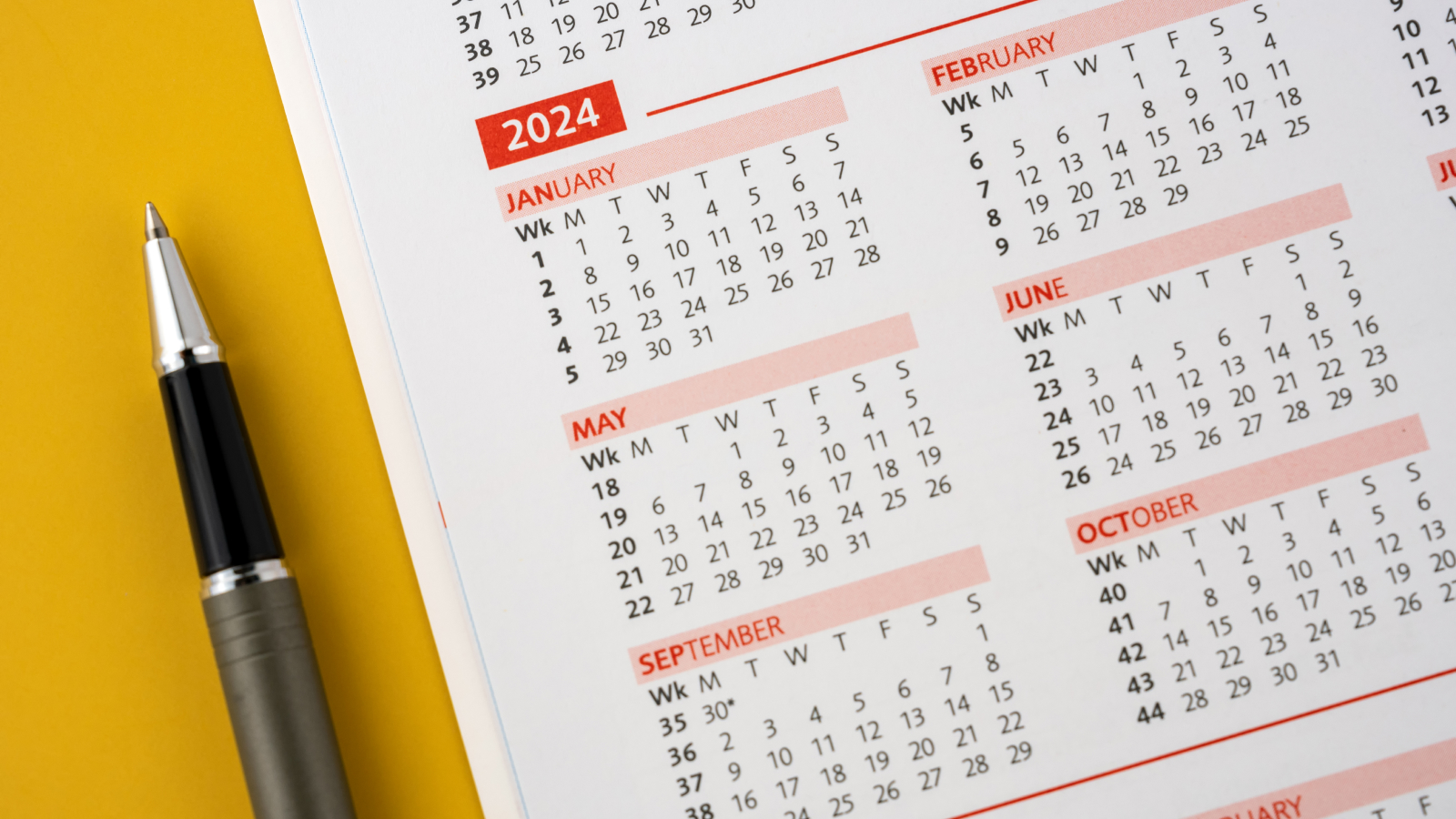
Throughout much of human history, we have made sense of the passage of time by dividing it into units. Different cultures have done this differently, but in modern times, the most common way is to break time into seconds, minutes, hours, days, weeks and years.
But how many weeks are there in a year?
Generally, there are 52 weeks and one additional day in a regular year. In a leap year, which occurs almost every four years, there are 52 weeks and two additional days.
When did we decide there are 52 weeks in a year?
The story of how we arrived at these timekeeping rules is rather complex. Early methods of timekeeping date to as early as 11,000 years ago. An Australian Aboriginal stone arrangement suggests the people who constructed it used the patterns of the sun to track the passage of time.
"The biggest driver [for keeping time] was probably religion," Demetrios Matsakis, former chief scientist at the Department of Time Services of the United States Naval Observatory and now chief scientist at Masterclock, Inc. told Live Science. "The Egyptians, Sumerians and others needed to recite certain prayers at certain times of the day and night."
Since then, cultures have employed both the positions of the sun and the moon to chronicle the passing of time. Some calendars have been based solely on the sun or the moon and others have attempted to combine the two.
"The sun is much better [as a means of calculating time] because the moon's orbit is very irregular due to the interplay between the gravitational fields of the Earth and the sun," Matsakis said.
The Gregorian calendar, the most commonly used calendar worldwide, is a solar calendar based exclusively on the movement of Earth around the sun. It is derived from a calendar Julius Caesar instituted in 46 B.C. The Julian calendar calculated the length of the year at 365.25 days, so it added an extra day every four years. However, a year is actually 365.2422 days. The Julian calendar failed to account for about 11 minutes, which compounded over time.
By the time the discrepancy was noticed in the 1600s, around 10 additional days had accrued in the calendar. This became a concern for the Catholic Church, which desired to keep a precise calendar to maintain an accurate observance of holidays.
"Over the centuries that difference added up, and Pope Gregory XIII was worried that Easter was being celebrated at the wrong time," Matsakis said. The celebration of other holidays was calculated by their distance from Easter, creating additional complications for the church.
The pope determined that the problem should be corrected by skipping leap years in any centurial year not divisible by 400. Gregory decreed that Oct. 4, 1582 would skip directly to Oct. 15, thus correcting for the extra days that resulted from the slight inaccuracy in the Julian calendar.
While some countries quickly adopted the new calendar, others did not. Some, such as England, refused due to religious reasons — the nation's Protestant faith conflicted with edicts issued by the Catholic Church. The United Kingdom did not adopt the new system until 1752. Others had long observed alternative calendrical systems. China, for example, had long used a lunar calendar and did not adopt the Gregorian calendar until 1912. The country did not actually put it into wide use until 1929.
As a result, many documents in the years following Pope Gregory's decree listed both Old Style dates, which reflected the Julian calendar, and New Style dates, which reflected the Gregorian calendar, in order to avoid confusion.
Later, the calendar was further refined to be even more accurate than the Gregorian. "In 1923, on the advice of the Serbian astronomer Milutin Milanković, the leap year system was changed again," Matsakis said.
This time, any year not divisible by 100 was not a leap year, with the exception of those that left remainders of 200 or 600 when divided by 900. The Milanković calendar will align with the Gregorian calendar until 2800. Despite the increased accuracy, it has only been adopted by certain branches of the Eastern Orthodox Church.







